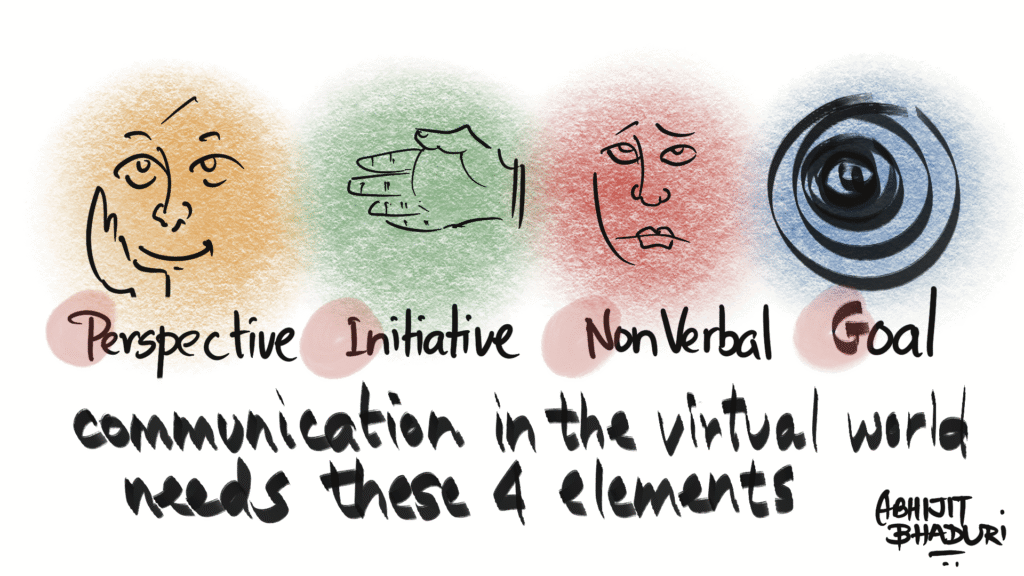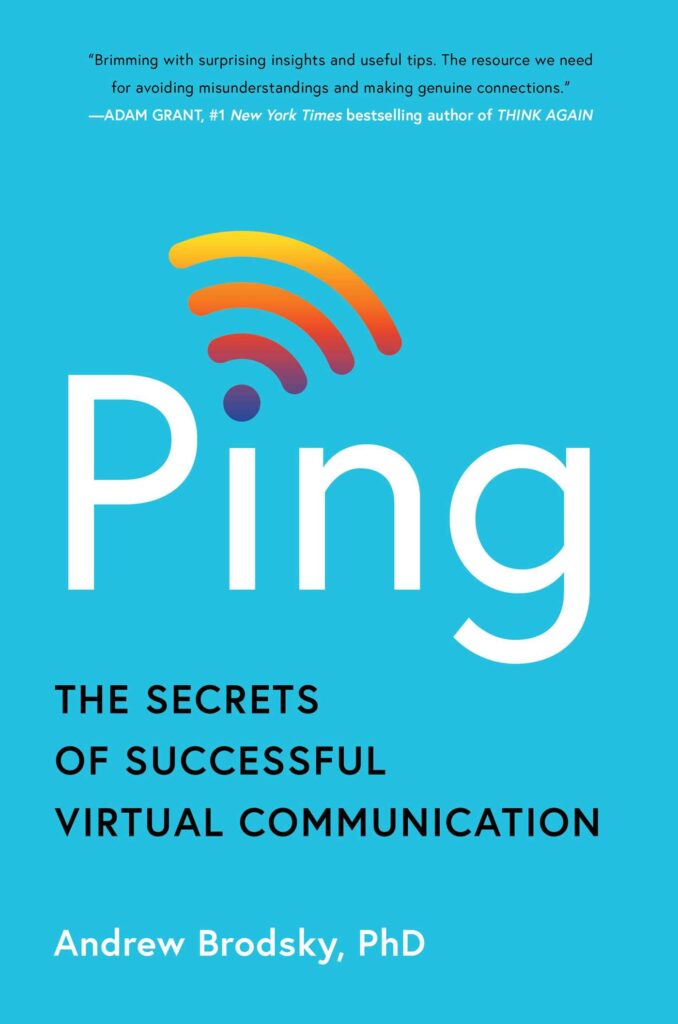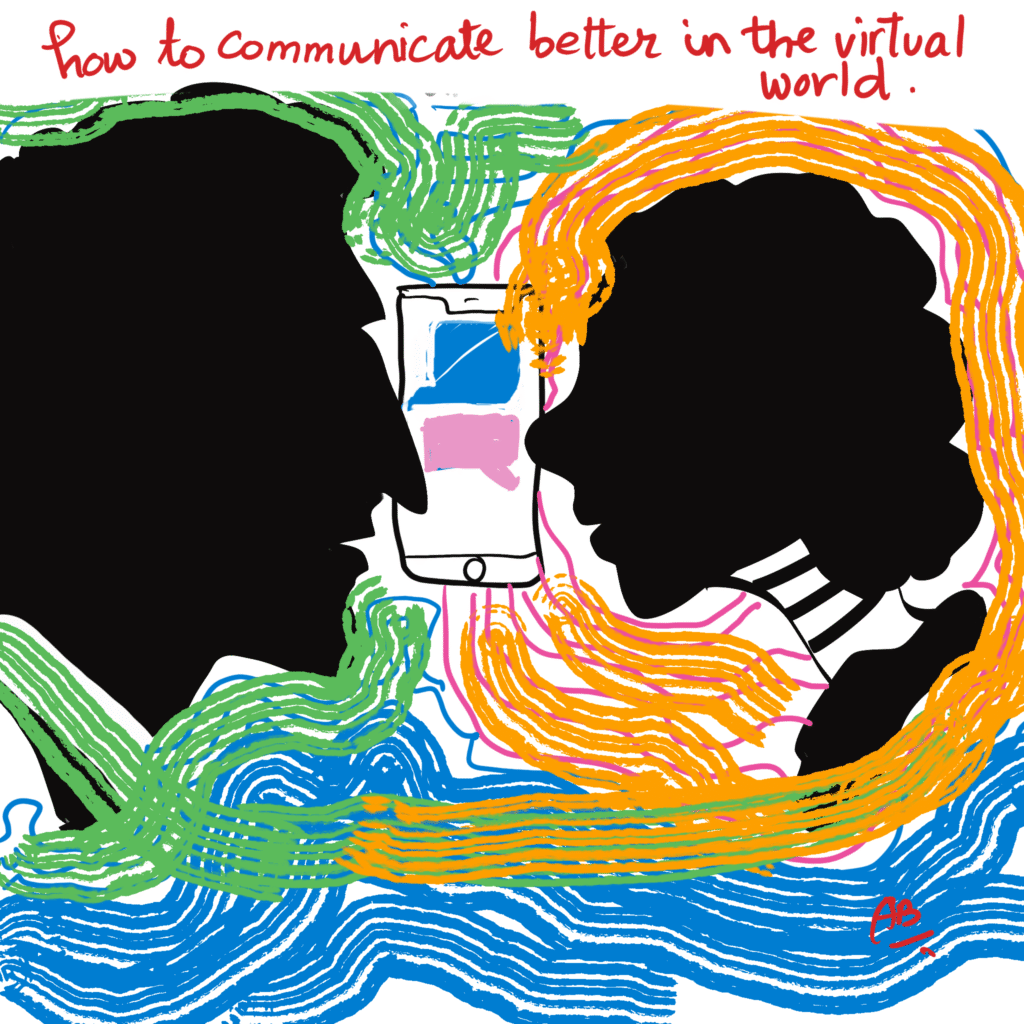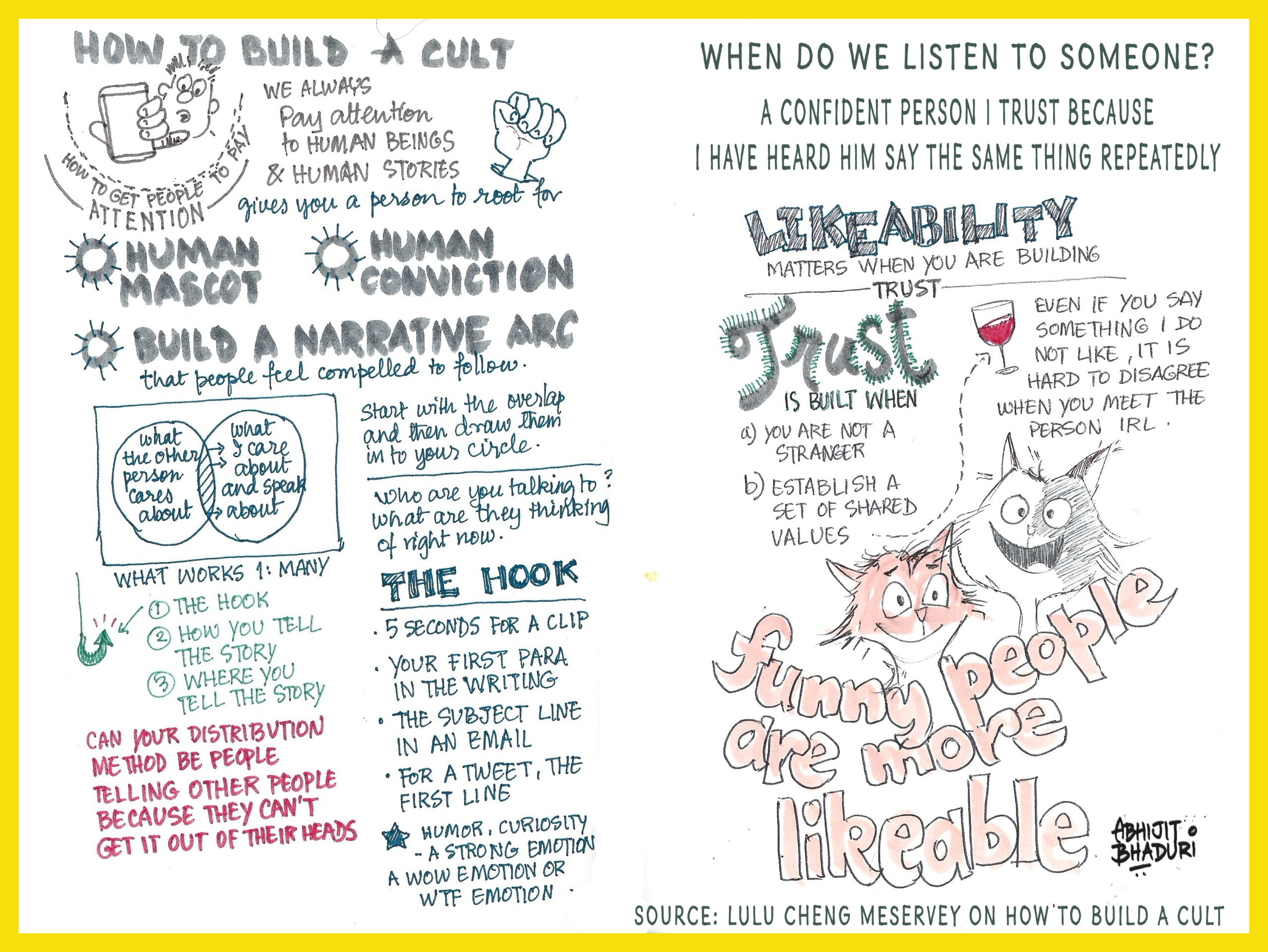
Andrew Brodsky’s book offers a science-backed approach to virtual communication, introducing the P-I-N-G framework for Perspective, Initiative, Nonverbal, and Goals.
Most of us (I will put myself right in front of that line) haven’t quite mastered the art of virtual communication. We’ve spent our lives reading in-person cues – a raised eyebrow, a subtle shift in body language. But with screens separating us, those cues disappear, leaving us fumbling through emails, video calls, and instant messages. That’s where Andrew Brodsky’s “Ping” comes in. This book is essential for anyone who wants to navigate the virtual world with confidence and clarity.

One of the things I loved about “Ping” is its acknowledgment that our brains are wired for face-to-face interaction. Brodsky doesn’t just throw out tips; he explains the psychology behind effective virtual communication. For example, he points out that people tend to overestimate how much others notice them (the “spotlight effect”), which can make us hesitant to reach out to new contacts. But in reality, a thoughtful message can be a welcome surprise.

Speaking of reaching out, “Ping” offers some brilliant advice on how to get a response from a stranger via email. The key? Focus on how their advice will help you improve, not just on building your network. Brodsky cites research showing that people are more receptive to those who genuinely want to learn and grow. He even suggests framing your request in a way that shows you’re aiming to master a skill, not just solve an immediate problem. It’s a subtle shift in perspective, but it can make a big difference.
And that brings me to the P-I-N-G framework itself. Brodsky cleverly uses this acronym throughout the book, reinforcing the core principles of Perspective, Initiative, Nonverbal cues, and Goals. Each chapter focuses on one element of the framework, and the summaries at the end are a great way to cement the key takeaways. It’s a simple but effective way to structure the book and ensure the message sticks.

Here are a few of my favorite tips from “Ping”:
- Don’t be afraid to reach out to old contacts. They can offer fresh perspectives you might not get from your usual colleagues.
- When connecting with someone new, opt for richer communication modes like video calls. It helps build familiarity faster.
- For existing connections, audio calls can be just as effective as video.
- Keep video calls short and one-on-one to avoid fatigue and encourage engagement.
- Personalize your messages, especially when seeking advice. Avoid generic mass emails.
Beyond the P-I-N-G framework, “Ping” delves into fascinating topics like how your video call background can influence perceptions and build trust. Who knew a few strategically placed objects could make such a difference?
Overall, “Ping” is a must-read for anyone who wants to excel in the virtual world. It’s packed with practical advice, grounded in research, and delivered in a clear, engaging style. Whether you’re a seasoned remote worker or just starting out, this book will equip you with the skills you need to communicate effectively and build strong relationships online.
Don’t miss the full interview with Andrew Brodsky


